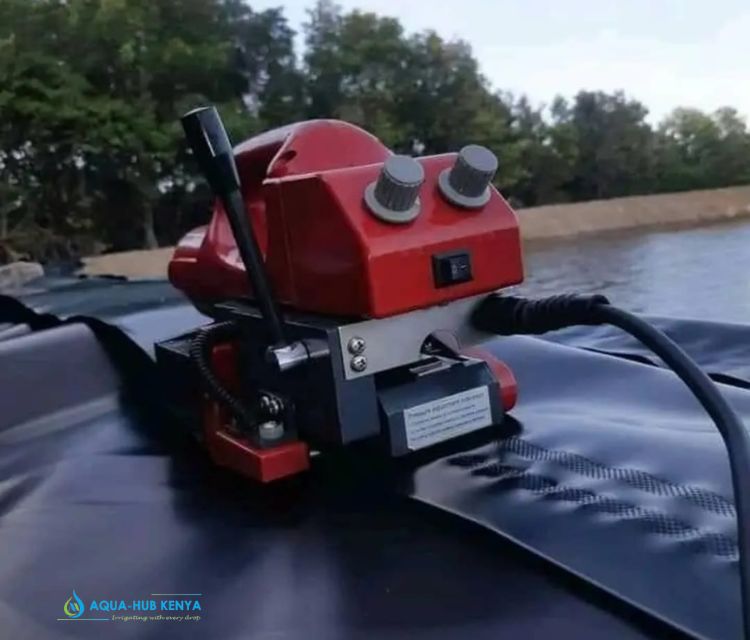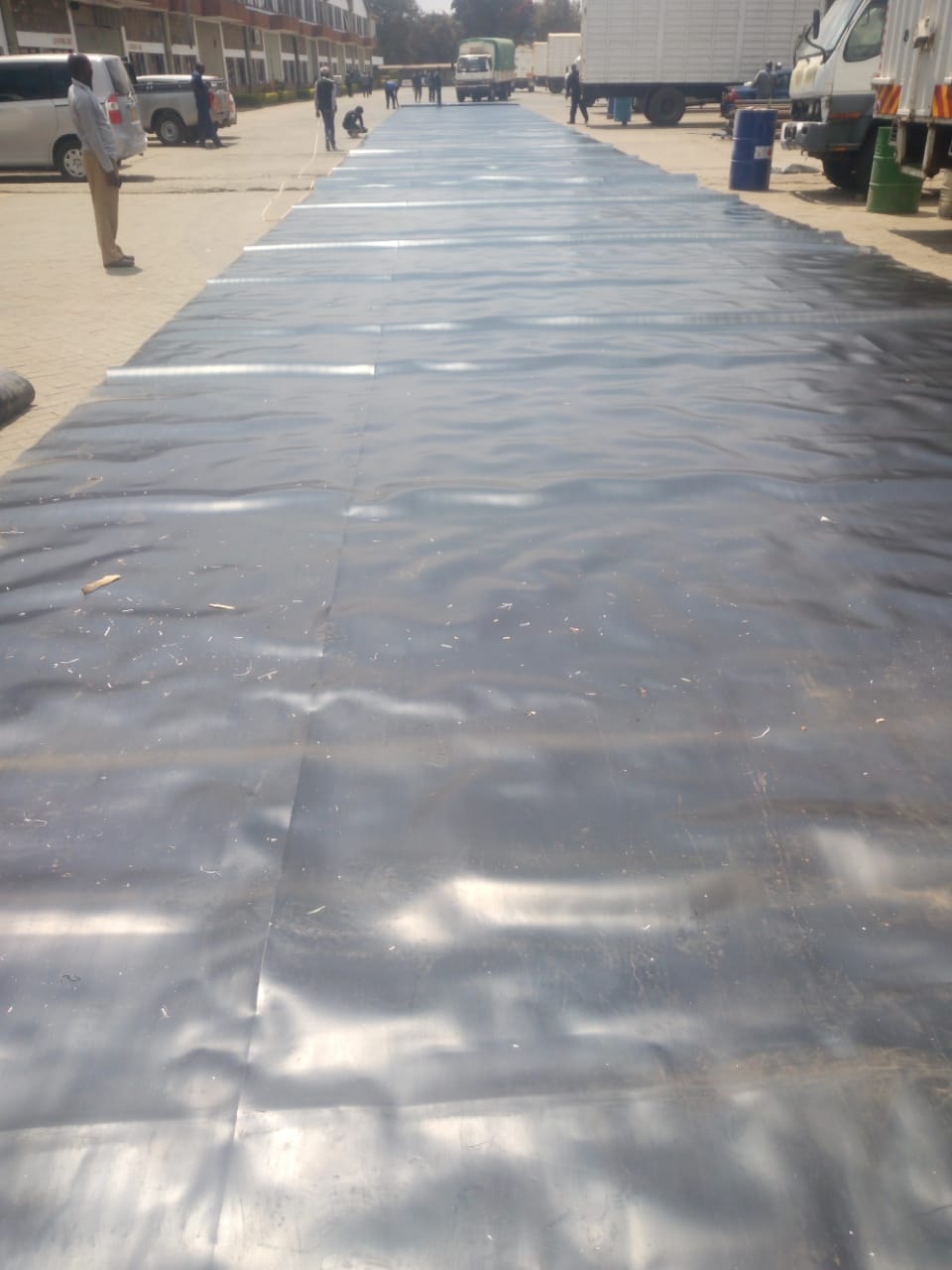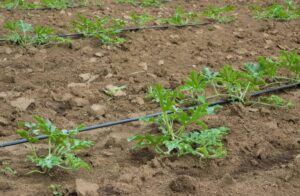Dam Liners by Aqua Hub Kenya
Get high Density polythene (HDPE) Dam Liners from Aqua Hub Kenya. We have 0.3 mm, 0.5 mm, 0.75 mm, and 1 mm at affordable costs.
Are you new to Dam Liners?
Dam Liners are water storage polythene sheets that can be laid over dams, concrete tanks, and reservoirs. The main aim is to secure water from loss that normally occurs through leakages, spills, and dam burst.
Why We Recommend Dam Lining
The need for dam liners depends on where you source your irrigation water. If you have a borehole, you may still need a dam liner to reinforce water supply on your farms during dry seasons. The cost of drilling boreholes is very high and may not be affordable at certain places.
A dam liner only costs money to purchase and install. When rains are due, your liners collect, and store water, and you start harnessing the benefits free of charge during the dry seasons.
Which areas to use Dam Liners?
Arid areas are the most ideal places to apply dam liners. These areas normally receive low rainfall and extensive periods of drought throughout the year. Such low rainfall levels cannot support agricultural and livestock water needs.
Characteristics of Dam Liners
- Plastic material covers are made from HDPE, Low Density Polythene (LDPE) and Polyvinyl Chloride (PVC) materials. These materials have high compactness and thus impermeable. Therefore, they are waterproof, water cannot penetrate through their surfaces.
- HDPE Dam liners are UV treated materials, they can function for a long time despite harsh conditions and Ultraviolet radiation.
- PVC and LDPE can also be a good return on investment but only in other projects such as construction and shallow dams. Since the duration of longevity is less than HDPE, we recommend HDPE dam liners for Dams, concrete tanks, and mining projects.
- Dam Liners have high tensile strength that varies depending on the thickness level. The thickness level determines the weight and pressure that a dam liner can carry without damage.
- A High density which also increases with increase in thickness. The higher the density, the higher the resistance to scratch, tear, and wear. Such features are considered to determine the application of a certain dam liner thickness level.
Choice of Good Liners
Choosing a good dam liner is paramount to ensure a continuous and long-term supply of water for irrigation and domestic use. While it guarantees a large volume of water storage, it also ensures safety to the livelihood and surrounding environment.
A good dam liner should be:
- UV treated – HDPE. Consider reputable suppliers known for HDPE liners.
- Waterproof – always check the dam liner for any worn-out parts before purchase.
- Density – dam liners are heavy, so that water cannot carry or float it.
- Hard material – feel the texture and resistance to puncture.
How to Join Dam Liners
To join two sheets of dam liners, welding is the best method to use.
It is simple and easy; you just spread them and lay them on the floor to overlap 5 inches apart. Carry out the actual joining using a welding machine.
Welding requires careful handling and joining to avoid damaging the dam liner.

Prices of Dam Liners in Kenya
Dam Liners prices vary as per thickness level and type of liner.
| Thickness of Dam liner (mm) | Cost of the Liner (KES) |
| 0.3 mm | 150 |
| 0.5 mm | 230 |
| 0.75 mm | 340 |
| 1.0 mm | 450 |
Dam Liners suppliers in Kenya
Aqua Hub Kenya
Contact 0790719020





